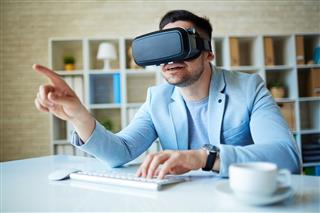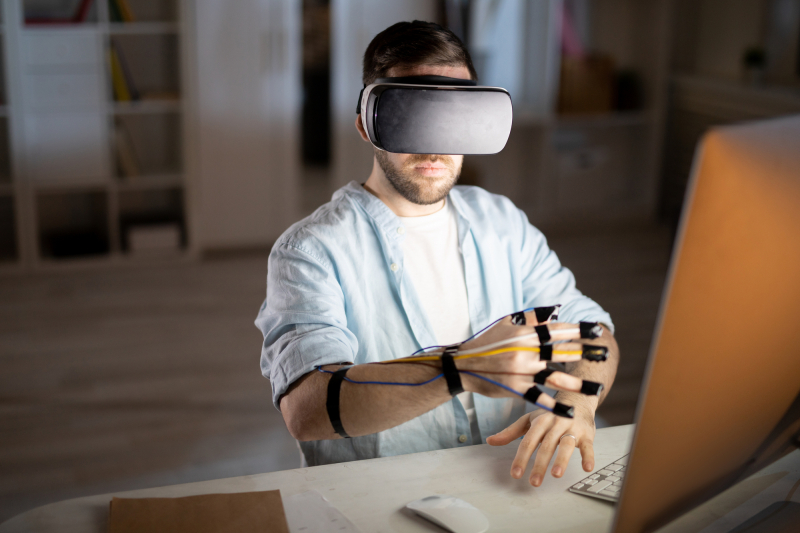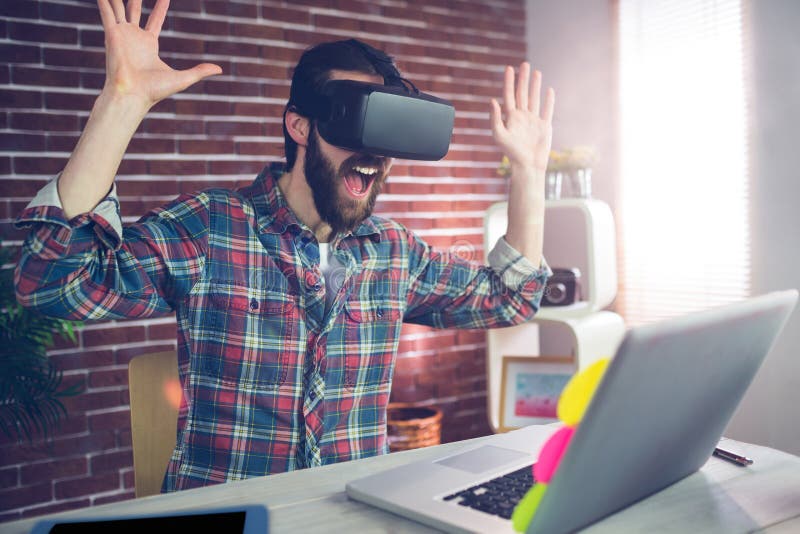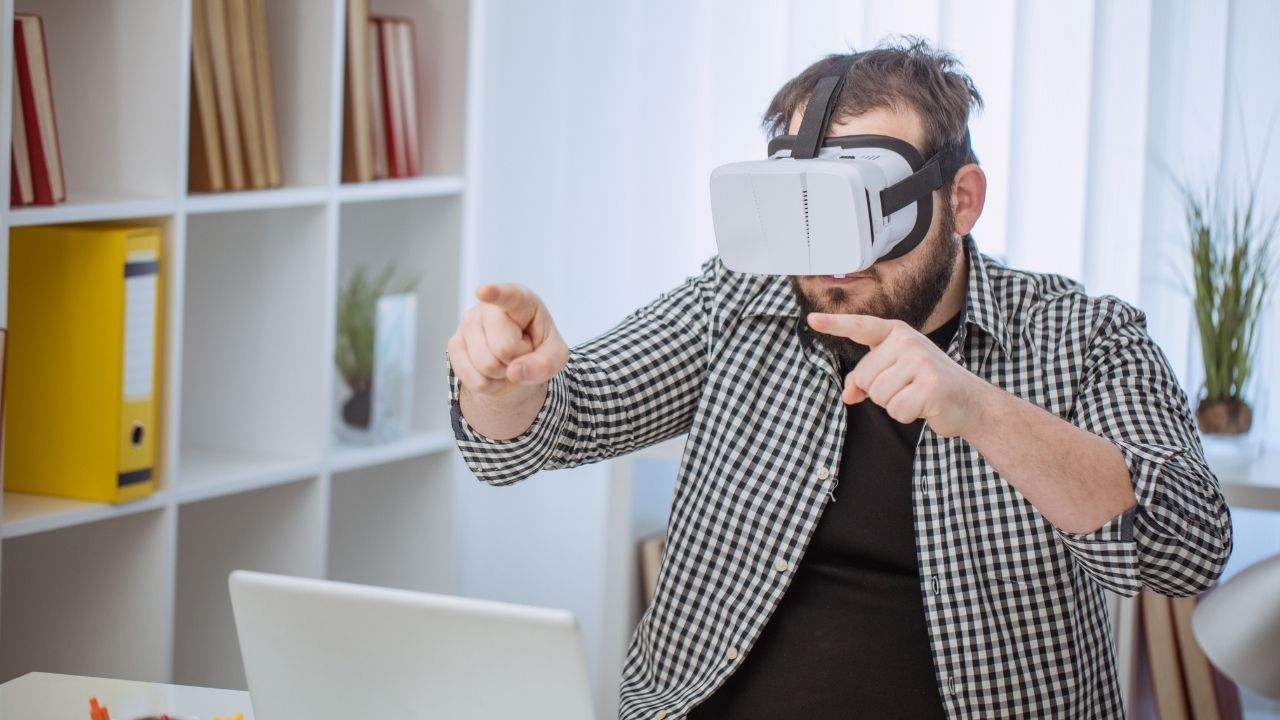Creative technologies are revolutionizing the way we approach art, music, design, and more. As innovative tools and emerging trends reshape the creative landscape, the boundaries between traditional and digital mediums continue to blur. From cutting-edge software for digital art and music production to advances in virtual and augmented reality, these technologies are unlocking new realms of possibility. This article explores the latest trends in creative tech, highlights groundbreaking tools, and examines the profound impact on various art forms. Join us as we delve into the exciting world of creative technologies and their transformative potential for the future.
Delve into this topic with gamesweed.com for a comprehensive understanding.
1. Overview of Creative Technologies
Creative technologies encompass a wide array of digital tools and platforms that enhance and transform traditional creative processes. These technologies merge art and science, enabling artists, designers, musicians, and other creatives to push the boundaries of their work. From digital painting software and 3D modeling applications to advanced audio production tools and immersive virtual environments, creative technologies provide the means to innovate and experiment like never before.
The fusion of artificial intelligence (AI) and machine learning significantly enhances these capabilities, unlocking new avenues for generating and refining creative content. AI can, for example, assist in producing musical compositions, crafting visual art, or even scripting narratives. Virtual and augmented reality technologies are also rapidly advancing, empowering creators to construct immersive experiences that seamlessly blend the physical and digital realms.
These advancements not only facilitate the creative process but also democratize access to high-end tools, making it possible for anyone with a computer and an internet connection to explore and develop their creative potential. As a result, creative technologies are not just tools—they are catalysts for innovation and expression in the modern age.

2. Emerging Trends in Creative Tech
The landscape of creative technologies is in a state of constant evolution, with new trends emerging that redefine how creative professionals work and bring their art to life. A key trend is the growing prominence of artificial intelligence (AI) and machine learning in creative processes. AI-powered tools are capable of generating music, art, and even literature, giving creators the freedom to experiment with novel forms and styles. These technologies also offer assistance in automating repetitive tasks, enabling artists to devote greater attention to their creative vision.
A growing trend is the wider adoption of virtual and augmented reality (VR and AR). These immersive technologies are transforming industries like gaming, filmmaking, and digital art through the creation of interactive, three-dimensional environments that provide novel ways to engage audiences. Creators are now able to develop experiences that blend the real and virtual realms, pushing the limits of conventional media.
The creative industry is experiencing a revolution thanks to blockchain technology, especially with the emergence of non-fungible tokens (NFTs). NFTs offer a secure method for authenticating and selling digital art, providing artists with new income opportunities and greater control over their creative output.
Furthermore, the rise of collaborative and community-driven creation is gaining momentum. Platforms facilitating real-time collaboration on creative projects are gaining popularity, fostering a more interconnected and cooperative creative ecosystem. These trends collectively underscore the dynamic and rapidly evolving nature of creative technologies.
3. Cutting-Edge Tools for Digital Art and Design
Digital art and design have been transformed by an array of cutting-edge tools that enable unprecedented levels of creativity and precision. One of the most notable advancements is in digital painting software, such as Adobe Photoshop and Corel Painter, which offer a vast array of brushes, textures, and effects that mimic traditional media while providing the flexibility of digital manipulation. These tools allow artists to experiment with colors, layers, and compositions in ways that would be impossible with physical materials.
3D modeling and rendering software, such as Blender and Autodesk Maya, have also revolutionized the field. These programs enable designers to create intricate three-dimensional models and animations, which are essential in industries like gaming, film, and virtual reality. The capability to visualize and manipulate objects in a digital space opens up new possibilities for innovation and design.
Moreover, vector graphic software like Adobe Illustrator provides tools for creating scalable designs, crucial for everything from branding to detailed illustrations. These programs support precision and control, allowing designers to produce clean, professional-grade graphics.
AI-powered tools are becoming increasingly prominent, with applications like DeepArt and RunwayML offering capabilities such as style transfer and real-time image processing. These tools leverage machine learning to enhance and automate aspects of the creative process, enabling artists to achieve complex effects with ease.
Together, these cutting-edge tools are driving the evolution of digital art and design, making it more accessible and expansive than ever before.

4. Innovations in Music Production and Sound Engineering
The landscape of music production and sound engineering has been dramatically reshaped by technological advancements that have streamlined and enriched the creative process. At the forefront of this evolution lies the rise of digital audio workstations (DAWs), such as Ableton Live, Logic Pro, and FL Studio. These platforms provide a centralized hub for recording, editing, mixing, and mastering music, offering a comprehensive toolkit within a single interface. Through their powerful capabilities, DAWs empower musicians to manipulate sound, experiment with various arrangements, and explore a vast array of effects.
The integration of artificial intelligence (AI) and machine learning into music production is a revolutionary trend. AI-powered tools such as Amper Music and AIVA (Artificial Intelligence Virtual Artist) have the capability to generate musical compositions based on user-defined parameters, opening up exciting new possibilities for creativity and collaboration. These technologies can analyze musical patterns and suggest chord progressions, melodies, and rhythms, empowering producers to craft unique and intricate musical pieces.
Virtual instruments and plug-ins have dramatically changed the music industry. Software like Native Instruments’ Komplete and Spectrasonics’ Omnisphere provide extensive sound libraries that can imitate real instruments or generate completely original sounds. These tools offer producers high-quality, adaptable options to incorporate into their productions.
The way we experience music is evolving thanks to advancements in spatial audio and immersive sound technologies such as Dolby Atmos and Ambisonics. These innovations are pushing the boundaries of traditional listening by creating three-dimensional soundscapes that deliver a more engaging and dynamic experience.
These innovations are revolutionizing music production and sound engineering, empowering artists to bring their creative ideas to life and venture into uncharted sonic landscapes.

5. Advances in Virtual and Augmented Reality
Virtual and augmented reality (VR and AR) technologies are rapidly evolving, revolutionizing how we engage with digital content and providing immersive experiences across numerous domains. These advancements are especially transformative in the realm of creative technologies.
Virtual reality (VR) provides users with an immersive experience within a three-dimensional digital environment, expanding its applications in gaming, filmmaking, and digital art. Development tools like Unity and Unreal Engine empower creators to build intricate, interactive worlds that can be explored and manipulated in real-time. Artists can leverage VR to paint and sculpt in a virtual space, adding a new dimension to established artistic methods.
Augmented Reality (AR), conversely, superimposes digital content onto the real world, seamlessly merging physical and virtual realities. Platforms like Adobe Aero and ARKit empower designers to construct interactive AR experiences that users can access through smartphones or AR glasses. This technology finds applications across a spectrum of fields, ranging from marketing and education to artistic installations and live performances, providing novel avenues for engaging audiences.
A major development is the emergence of more advanced and readily available VR and AR hardware, including the Oculus Quest and Microsoft HoloLens. These devices offer higher resolution, improved tracking, and more intuitive controls, resulting in more seamless and accessible immersive experiences.
Beyond boosting creative expression, VR and AR advancements are revolutionizing storytelling, interaction, and audience engagement. This marks a new era of digital creativity, where possibilities are boundless.

6. Breakthroughs in AI and Machine Learning for Creativity
Artificial intelligence and machine learning are revolutionizing the creative world, providing tools that enhance and redefine artistic practices. These technologies have the power to analyze massive datasets, uncovering hidden patterns and generating fresh content. This empowers creators to explore uncharted territories and expand the limits of their artistry.
AI-powered applications are revolutionizing artistic creation. In visual arts, programs like DeepArt and DALL-E offer artists limitless possibilities for experimentation. They can generate unique artwork or transform existing images into new styles. Similarly, in music, platforms such as Amper Music and AIVA empower musicians to effortlessly explore new genres and styles by composing original pieces based on user inputs.
AI is making significant progress in the fields of writing and storytelling. Tools like OpenAI’s GPT-4 can support writers by generating text, providing suggestions, and even creating complete narratives from prompts. This capability can help writers overcome writer’s block and spark new ideas for their creative endeavors.
Furthermore, machine learning algorithms are being leveraged to improve animation and video production. Through the automation of tasks like lip-syncing and motion capture, AI streamlines the process for complex productions, freeing up creators to concentrate on their artistic vision.
Advances in AI and machine learning are not only boosting efficiency but also unlocking new avenues for creativity, empowering artists to innovate and push the boundaries of their respective fields.

7. Impact of Creative Technologies on Traditional Art Forms
Creative technologies have profoundly affected traditional art forms, both challenging and enhancing them. Digital tools and platforms are transforming how art is made, experienced, and valued, blurring the lines between established techniques and contemporary innovations.
Digital art has opened up a world of new possibilities for artists, enabling them to create works that seamlessly blend multimedia elements, interactive features, and dynamic visual effects. Traditional artists are embracing digital tools to explore innovative styles and techniques, incorporating elements like augmented reality to enhance their work with interactive layers.
Simultaneously, these technologies have spurred a reevaluation of traditional artistic practices. The emergence of NFTs, for example, has created novel avenues for artists to market and verify digital creations, while simultaneously igniting debates surrounding the worth and uniqueness of digital versus tangible art.
Furthermore, the integration of artificial intelligence and machine learning into art production is igniting discussions regarding the relative contributions of human creativity and algorithmic generation. Although these technologies present novel avenues for artistic expression, they simultaneously raise concerns about the genuineness and emotional resonance of machine-generated art.
Overall, creative technologies are both expanding and challenging trad

8. Case Studies of Pioneering Creative Tech Projects
Several groundbreaking creative tech projects demonstrate the transformative potential of innovative technologies. One notable example is “Refik Anadol’s Machine Hallucinations,” an immersive art installation that uses AI to generate breathtaking visual experiences from vast datasets. Anadol’s work seamlessly blends art and data, creating dynamic, constantly evolving projections that challenge traditional notions of static art.
“Endlesss,” a music project utilizing artificial intelligence, empowers real-time collaborative music creation. This platform enables musicians to engage in virtual jam sessions, where AI-powered tools amplify their creative contributions and foster seamless collaboration across geographical boundaries.
“A notable project is “The Night Cafe,” a VR experience that transforms Vincent van Gogh’s iconic painting into an engaging 3D environment. This project showcases the ability of VR to breathe life into traditional art, providing users with an interactive encounter that enhances their appreciation of classic masterpieces.”
These case studies illustrate the transformative power of creative technologies, which are redefining traditional art forms and offering innovative ways to engage with and experience artistic content.

9. Future Predictions and Trends in Creative Technologies
The future of creative technologies holds immense promise for transformative advancements, as innovation continues to propel us forward. A key prediction is the increasing integration of AI across all creative disciplines. We can anticipate AI playing a central role in generating complex artistic content, from visual art to music and writing, further blurring the lines between human and machine creativity. The development of enhanced algorithms will likely lead to more sophisticated tools for creativity, enabling artists to produce intricate and personalized works with greater ease.
Virtual and augmented reality technologies are poised for further advancement, leading to more immersive and interactive experiences that become commonplace. We can anticipate developments in VR and AR that make these technologies more accessible and seamlessly integrated into everyday creative endeavors, ranging from virtual art galleries to interactive storytelling experiences.
Furthermore, blockchain technology and NFTs are poised for continued development, potentially opening up novel avenues for artists to manage intellectual property and monetize their digital creations. The emergence of decentralized platforms may facilitate more equitable revenue streams and empower creators with greater control over their artistic output.
In conclusion, these nascent trends point to a future where creative technologies will empower artistic expression, broaden creative horizons, and foster innovation within the creative industries.

Creative technologies are reshaping the artistic landscape, driving innovation across various fields. From AI-driven tools and immersive VR experiences to advances in music production and digital art, these technologies are expanding the possibilities for creators and transforming traditional art forms. As we look to the future, ongoing advancements promise to further enhance creative expression and collaboration, opening new avenues for artistic exploration and setting the stage for a vibrant, technology-driven creative era.
gamesweed.com